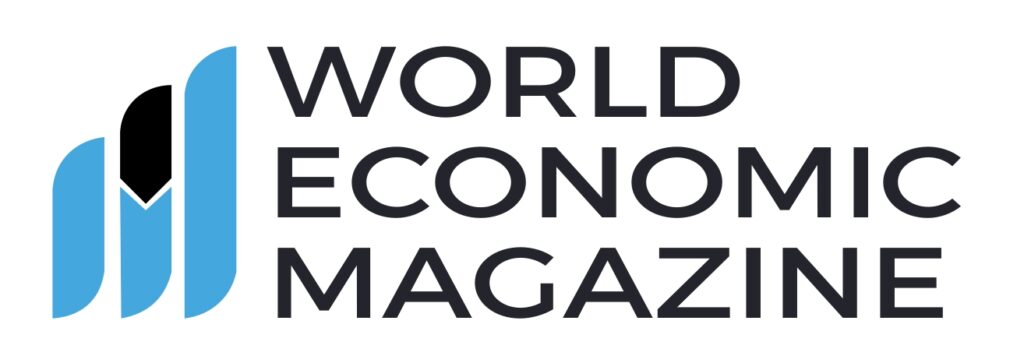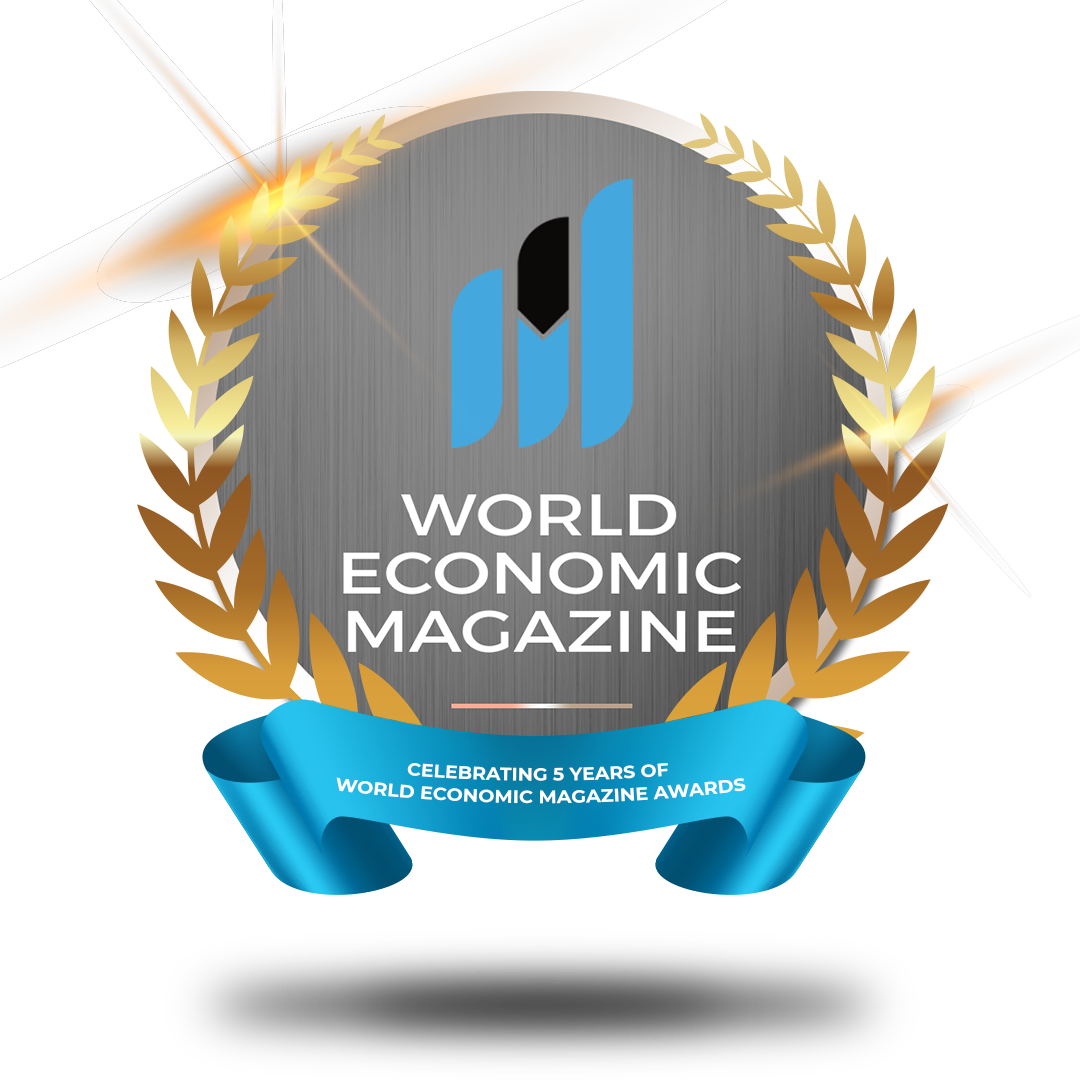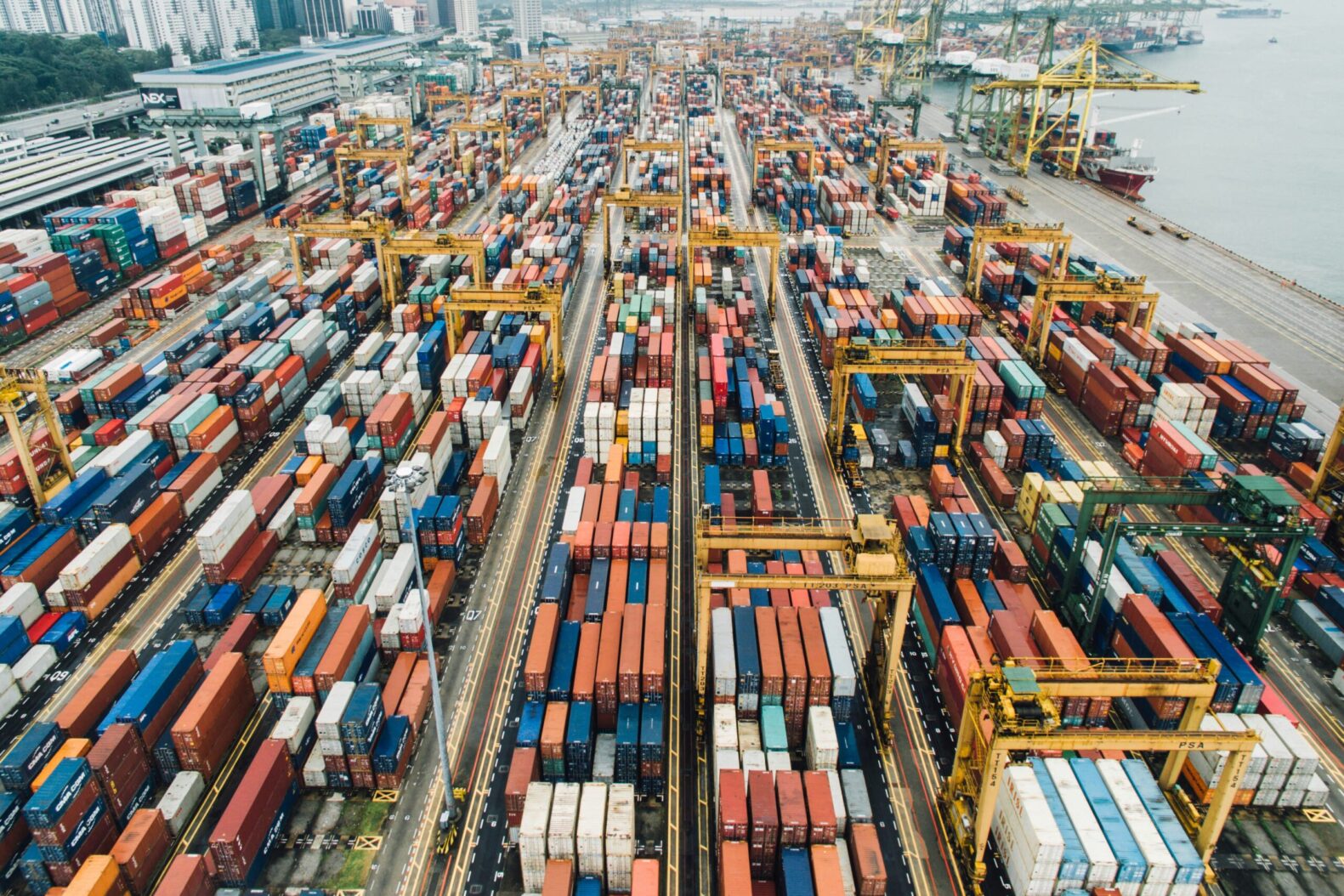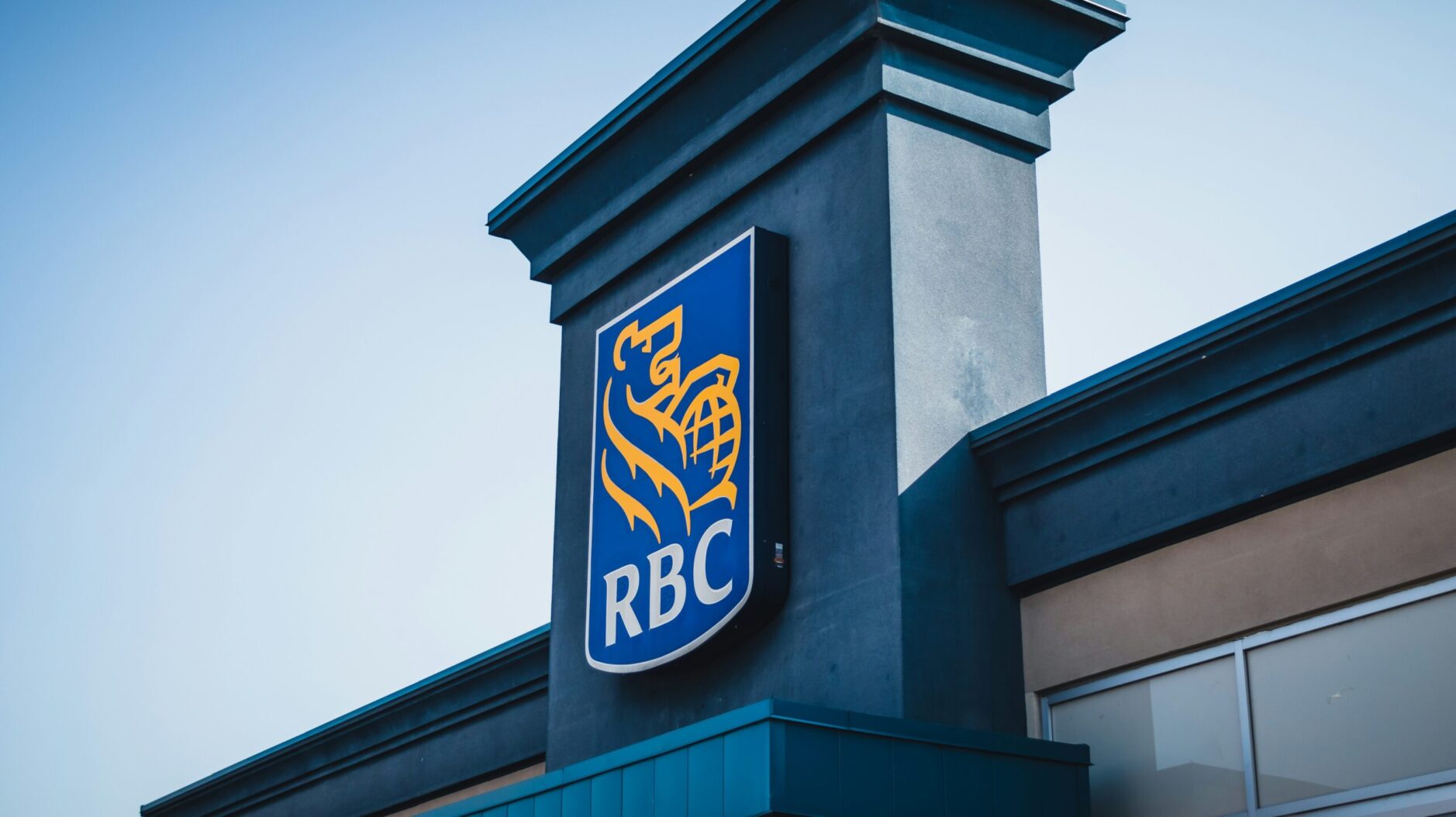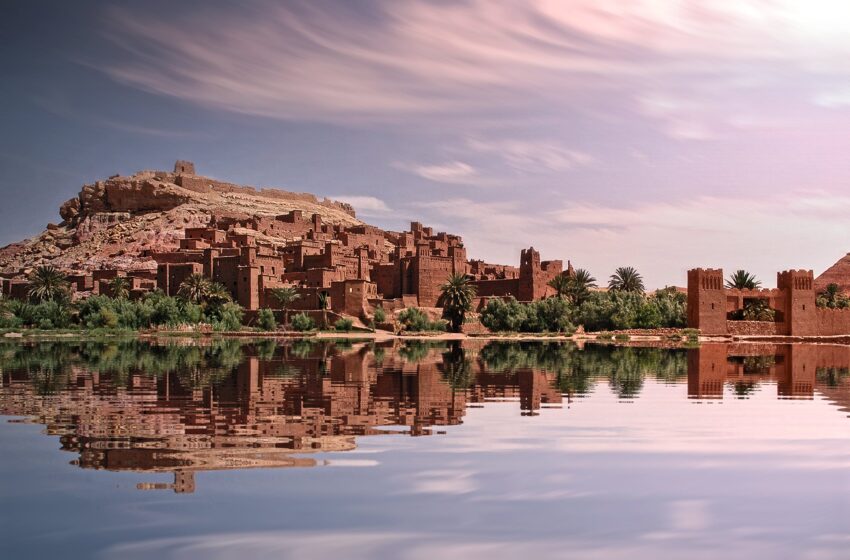
Morocco’s Unearthed Port City Draws Global Interest
Morocco’s rich historical tapestry has revealed yet another hidden gem, as archaeologists unveil remarkable findings from the ancient port city of Chellah, located near the modern-day capital, Rabat. Recent discoveries have uncovered thermal baths and working-class neighborhoods that glimpse the city’s vibrant past. This treasure trove of historical artifacts may not only attract tourists but also scholars eager to delve into the history of this once-thriving settlement.
Chellah’s Rich History
The roots of Chellah trace back to the Phoenician era, suggesting that this coastal region was a bustling hub for early maritime trade. Later, during the Roman Empire’s zenith (from the second to the fifth century), it emerged as a vital outpost. Positioned near the Atlantic Ocean and along the Bou Regreg river’s banks, Chellah was ideally situated for trade and commerce.
Unveiling Ancient Wonders
Archaeologists have meticulously unearthed the remnants of Chellah, revealing a city that thrived and prospered. Notable findings include bricks inscribed with neo-Punic inscriptions—a language predating Roman presence in Morocco. These inscriptions directly link to Chellah’s Phoenician heritage and its evolution under Roman influence.
Expanding the Horizon
The leading excavation site had been temporarily closed due to the pandemic, but since March, archaeologists have been diligently expanding their research. The recently uncovered extended site is particularly significant. Chellah now boasts a footprint almost five times larger than Pompeii, a world-famous ancient Roman city. These expansive ruins beckon explorers to unearth the city’s secrets, offering exciting opportunities for future research.
Historical Significance
Abdelaziz El Khayari, a professor of pre-Islamic archaeology at Morocco’s National Institute of Archaeological Sciences and Heritage, emphasizes the site’s exceptional historical importance. Located on the water’s edge, Chellah likely played a pivotal role as a bustling trading port. The city facilitated the exchange of various goods, including the import of Italian marble and the export of African ivory. El Khayari’s hopes are high for ongoing excavations, anticipating that they will unravel more mysteries surrounding Chellah’s wealth and significance.
In Conclusion
Chellah’s resurgence onto the archaeological stage highlights Morocco’s rich and diverse heritage. The port city’s historical significance as a hub for trade and cultural exchange makes it a crucial piece in understanding the interconnectedness of ancient civilizations. As archaeologists continue to unearth its treasures, Chellah is poised to captivate both tourists and researchers, offering a unique window into Morocco’s historical past.

